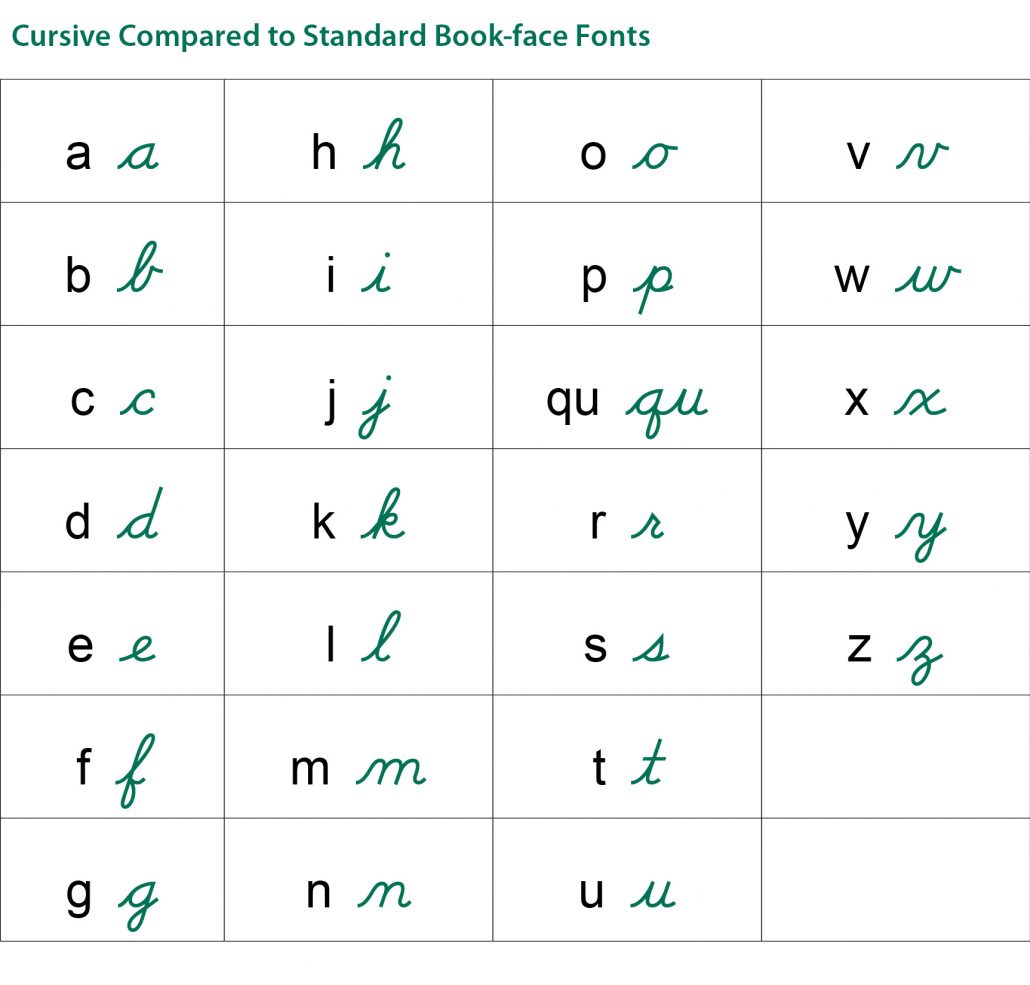
Handwriting is an essential skill that everyone should master. It is the art of writing by hand, which includes cursive and non-cursive handwriting. Cursive handwriting is a form of writing in which letters are joined together while non-cursive handwriting is the opposite.
History of Cursive Handwriting

Cursive handwriting has a rich history. The first cursive writing can be traced back to the 8th century when monks developed it as a way to write faster. The word "cursive" comes from the Latin word "currere," which means "to run." Cursive writing gained popularity in the 19th century when it became the standard form of writing in schools.
Advantages of Cursive Handwriting

Cursive handwriting has several advantages over non-cursive handwriting. Firstly, it is faster to write in cursive than non-cursive, making it ideal for taking notes or writing long essays. Secondly, cursive handwriting is more aesthetically pleasing and easier to read. Lastly, it has been shown to improve fine motor skills, hand-eye coordination, and cognitive development in children.
Disadvantages of Cursive Handwriting

Despite its advantages, cursive handwriting also has some disadvantages. Firstly, it can be difficult to read if not written neatly. Secondly, it can be a challenge for some people to learn since it requires the coordination of multiple movements. Lastly, cursive handwriting is not as common as it once was, which means that it may not be as useful in the modern world.
History of Non-Cursive Handwriting

Non-cursive handwriting, also known as block letters, is the most basic form of handwriting. It is believed to have originated in ancient Rome when they used carved letters on stone tablets. Non-cursive handwriting became the standard form of writing in the 20th century when typewriters became popular.
Advantages of Non-Cursive Handwriting

Non-cursive handwriting has several advantages over cursive handwriting. Firstly, it is easier to read since each letter is separate. Secondly, it can be learned quickly and easily since each letter is taught individually. Lastly, non-cursive handwriting is still the standard form of handwriting in many professions, including architecture and engineering.
Disadvantages of Non-Cursive Handwriting

Non-cursive handwriting also has some disadvantages. Firstly, it is slower to write than cursive handwriting, making it less ideal for taking notes or writing long essays. Secondly, it is not as aesthetically pleasing as cursive handwriting. Lastly, it does not offer the same benefits as cursive handwriting in terms of fine motor skills, hand-eye coordination, and cognitive development in children.
Conclusion
Both cursive and non-cursive handwriting have their advantages and disadvantages, and it is up to each individual to choose which one to use. However, it is important to note that handwriting, in general, is a dying art in the digital age. Regardless of which form of handwriting you choose, it is still important to practice and improve your handwriting skills.